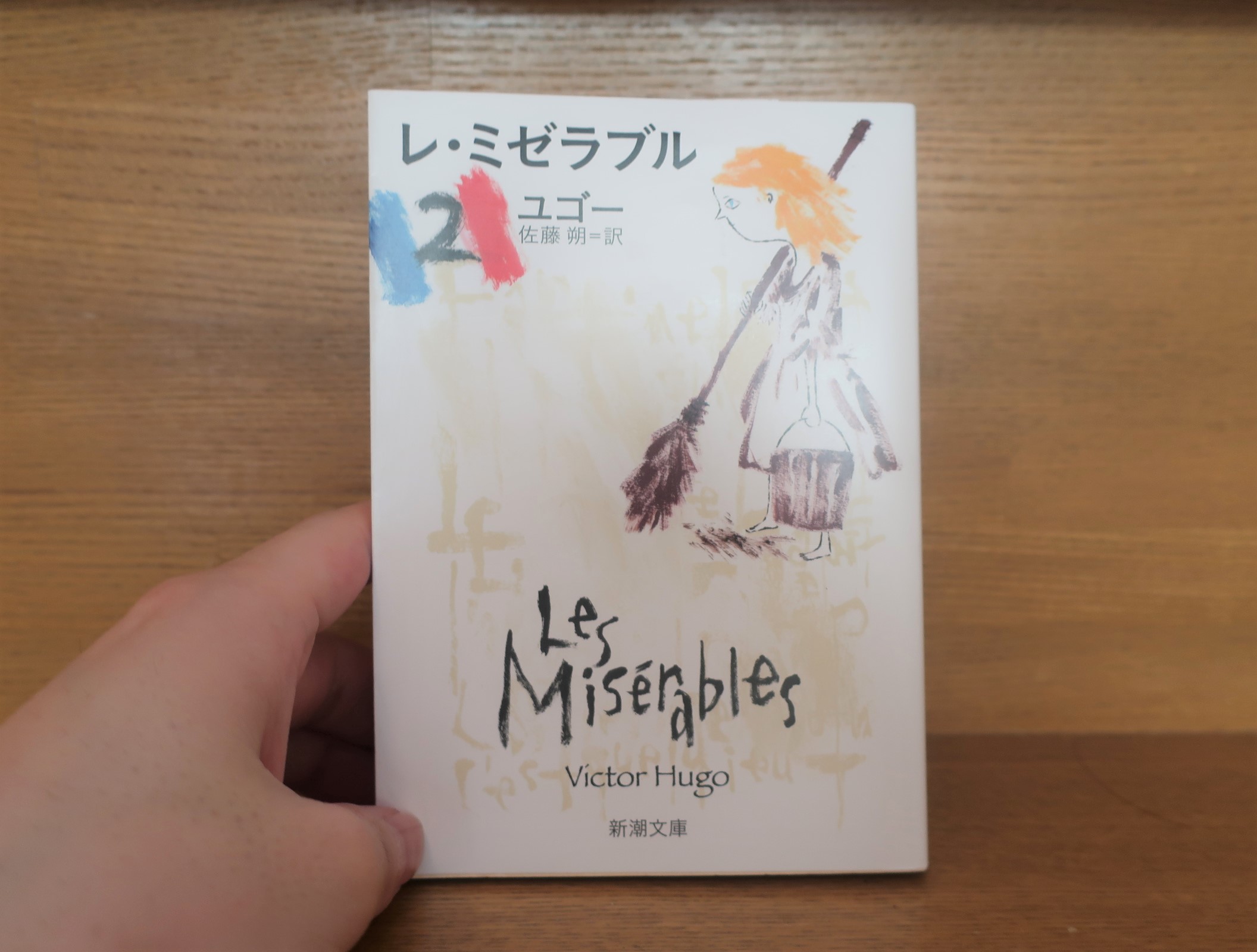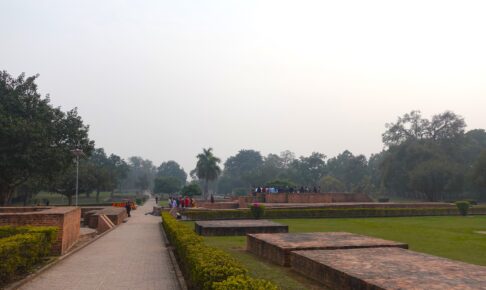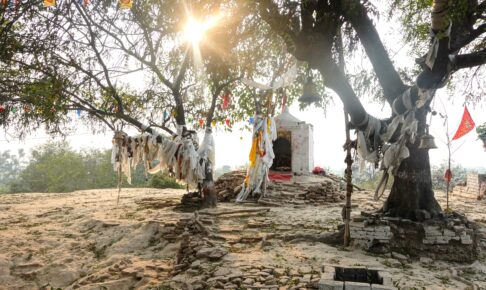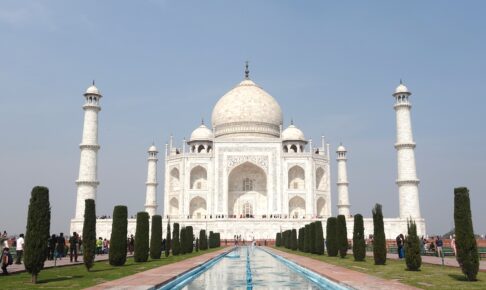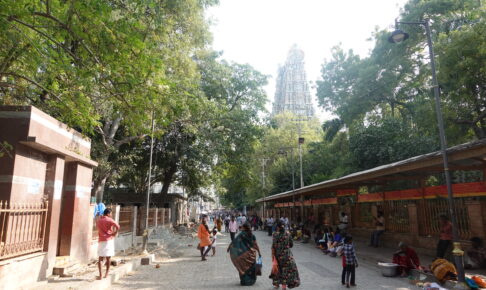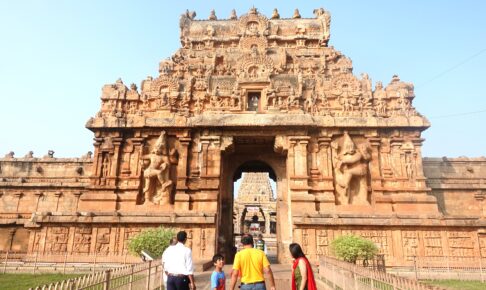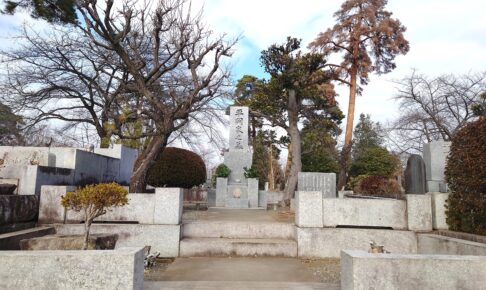Hugo's "Les Misérables㈡ Part II: Cosette" Summary and Synopsis
Les Miserables.is Victor Hugo's masterpiece, published in 1862.
This time I read the Shinchosha edition of "Les Miserables" translated by Saku Sato.
In this article, we will introduce the second volume of the five-volume "Les Miserables".
We will look at the synopsis on the back cover as soon as possible.
Part II: "Cosette". Jean, who has been thrown back into prison for revealing his past, skillfully escapes by jumping overboard from the mast of a warship while serving on board. Once free, he follows through on his promise to a dying prostitute, Fantine, to rescue her daughter Cosette, abandoned at an early age by her vicious adoptive parents and accompany her into the darkness of Paris. ......
AmazonProducts Page.
At the end of the first volume, Jean Valjean, who was living as Mayor Madeleine, goes to court himself and identifies himself as Jean Valjean.
This was done to save a completely innocent man who was being held captive on a false charge.
The poor man was accused of being "a former convict, Jean Valjean, and of stealing apples. The man looked exactly like Jean Valjean, and with all the witnesses, a conviction was inevitable.
But of course, that man is not Jean Valjean. Jean Valjean himself knows that best.
But if he keeps quiet, he will never be hunted as a criminal in the future.
But instead, this poor man is framed as Jean Valjean and sent to jail.
After much anguish, Jean Valjean chose to come forward on his own and was sent back to prison.
So, what happened to that Jean Valjean in the second part?
The synopsis says they escape by jumping into the sea, but that's "Les Miserables". It is not an easy task.
The beginning of the second volume also starts with the "Battle of Waterloo," seemingly unrelated to the story.
The Battle of Waterloo, which in 1815 decisively resulted in Napoleon's defeat, was an important battle that marked a milestone in French history.
Hugo goes on to recount this battle for nearly 90 pages at this time.
As with Bishop Miriel in the first volume, again, a long preamble begins before we get to the main story.
However, as in the previous volume, this also works exquisitely later on in the story.
Now, here we finally return to the story of Jean Valjean.
Jean Valjean successfully escapes from prison by jumping overboard from a ship at his place of incarceration.
Then Jean Valjean, who has disappeared, is on a quest to save his daughter Cosette, a promise he made to an unfortunate woman, Fancine.
Cosette was left in the care of the cunning Mr. and Mrs. Thénardier, who were too blatantly abusive and bullying.
How sweet of Cosette to survive in such a miserable situation.
On Christmas night, she is told by Tenardier's wife to fetch water from a well in the forest.
The scene from this point on is considered one of the most famous scenes in "Les Miserables".
This scene is summarized in Shigeru Kashima's "One Hundred and Six Scenes from 'Les Miserables'" and is quoted here.
The lights of the last stall had disappeared from sight, and the rustle of the forest at night enveloped Cosette completely. She thought she could clearly see ghosts among the trees. Cosette ran on, trying not to burst into tears, until she finally reached the spring. When she bent down to fetch water, the fifteen sous vouchers in her pocket fell into the spring, but Cosette did not notice. She worked so hard when fetching the water that she was unable to take a single step. Soon the fear of the dark came back. Cosette grabbed the handle of the tub with both hands and took ten steps. The tub was heavy. Cold water spilled out and soaked her bare feet. It would take more than an hour to get back to the village. Oh, God," Cosette exclaimed.
At that moment, I felt the tub suddenly become lighter. A large black shadow held the tub for her. For some reason, Cosette was not the least bit afraid.
Shigeru Kashima, "Les Miserables" One Hundred and Six Views," p. 152
Alone in the dark forest, carrying a heavy tub of water, she is almost out of energy and cries out, "Oh God.
At that moment, the heavy water bucket becomes lighter.
I don't know who it was, but someone came out of nowhere to save her.
What is wonderful here is the psychological description of this moment, when Cosette "somehow wasn't the least bit afraid". In Hugo's original text, he says, "There is an instinct that is appropriate to any encounter in life. The little girl was not frightened." This single phrase makes us feel a sense of miracle and destiny.
And what is more, this big black shadow was that Jean Valjean.
Jean Valjean had come to this town to help Cosette. On his way there, he happened to be in this forest and happened to find a lonely girl and gave her a hand.
At this time he still does not know if this girl is Cosette.
He only found out about it when they walked together after they met and he asked her why she was here.
No, no, this can't be a coincidence.
No, no, it is possible in "Les Miserables".
And there are more amazing coincidences to come.
What? I'm meeting that person here again!" It is a series of "Oh my God!
Because the encounters are so miraculous, this point has also drawn criticism from literary critics, but Hugo is by nature a writer of plays. He creates stories for more dramatic scenes.
In fact, this series of miraculous encounters is what makes the story so surprising and moving. That is why it continues to be so well supported in musicals and on stage.
Now, after successfully rescuing Cosette, Jean Valjean sneaks into Paris.
And there, too, they have another fateful encounter.
They are found by their nemesis Javert.
The escapades are breathtakingly tense. It is as powerful as if you are watching a Hollywood movie.
And in the place where we escaped in the nick of time, we are saved by another miraculous encounter.
The second volume of "Les Miserables" is a breathtaking story of dizzying twists and turns and a series of miraculous encounters with destiny.
Thoughts - From a Dostoevskyian Perspective
Cosette was separated from her mother due to her poor circumstances and left in the care of a villainous couple named Thénardier.
Cosette was abused, bullied, and used as a tool to extort money from her mother, Fancine.
As I mentioned in the summary and synopsis, this child was a healthy survivor in such circumstances.
Cosette, despite being oppressed, never loses her innocent and beautiful heart.
I want her to be happy somehow, living in miserable circumstances. When I read this book, I naturally want to support her.
Then, as if by miracle, our hero, Jean Valjean, appeared.
This salvation scene feels great.
The time has finally come for the healthy and tormented girl, who had been oppressed and beaten down by the harsh fate of misfortune, to be saved at last.
This kind of fateful encounter and redemption comes up again and again in "Les Miserables".
This encounter between Cosette and Jean Valjean is without a doubt one of the most famous scenes in the film. It is truly moving.
Dostoevsky would surely have read this scene with great emotion.
Dostoevsky was also a writer who had deep compassion and sorrow for poor and oppressed children.
His personal magazineDiary of a Writer."contains numerous writings about children.
Also, a major work of his later yearsThe Brothers Karamazov.But children play a very large role.
Oppressed children, vulnerable people. The mother, Fanchine, was also a victim of society.
What on earth did they do? Why did they have to live in such misery? Will salvation come to them?
It seems that Dostoevsky also had an intense problematic awareness of oppressed people.
And Dostoevsky's debut novel.The Poor.It is titled, "The first time I've ever seen it," and thenThe Oppressed.He also wrote a piece called
Crime and Punishment."Raskolnikov, the protagonist of the "Mere Old Man," is also in extreme poverty. He has hit rock bottom to the point where there is no hope for his social ascent.
Les Miserables" means "the miserable people.
Hugo depicted miserable people and their struggle for human dignity and salvation.
I imagine that Dostoevsky was moved by this work because he resonated with Hugo's powerful message.
Volume 2 is dramatic in its storytelling, yet breathless in its tension.
If you are able to read this far, there is no stopping now.
You will surely be able to read it all at once from here without falling behind.
Now it's time to get excited. Les Miserables" is very interesting.
This is "Part II: Cosette" Synopsis and Impressions - The Meeting of Cosette, a Thin and Beautiful Girl, and Jean Valjean.
Next Article.
Click here to read the previous article.
Related Articles












